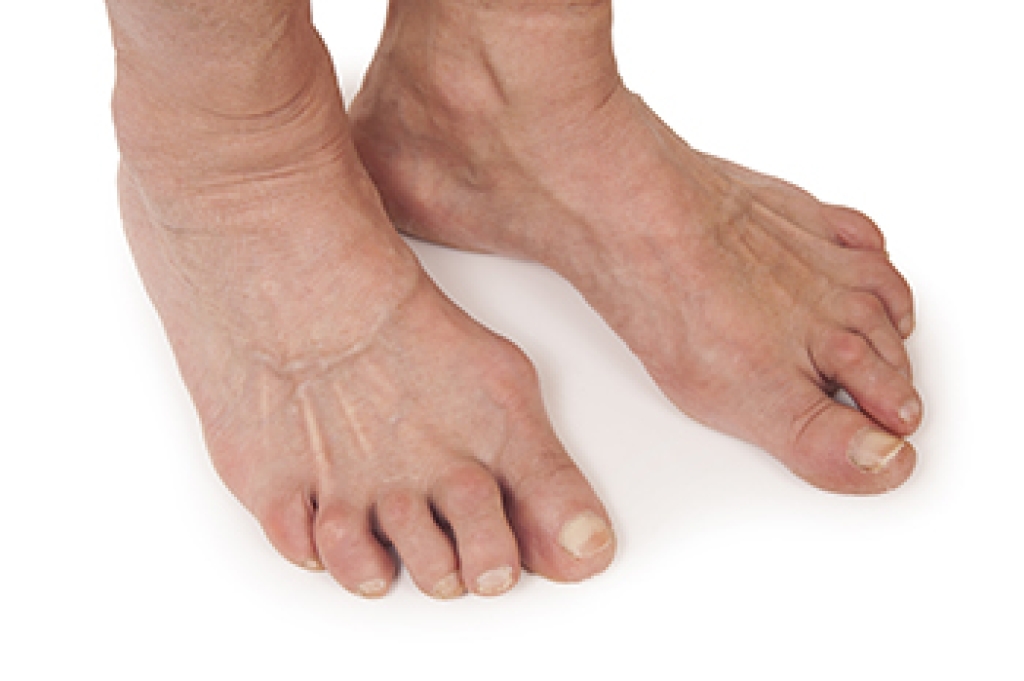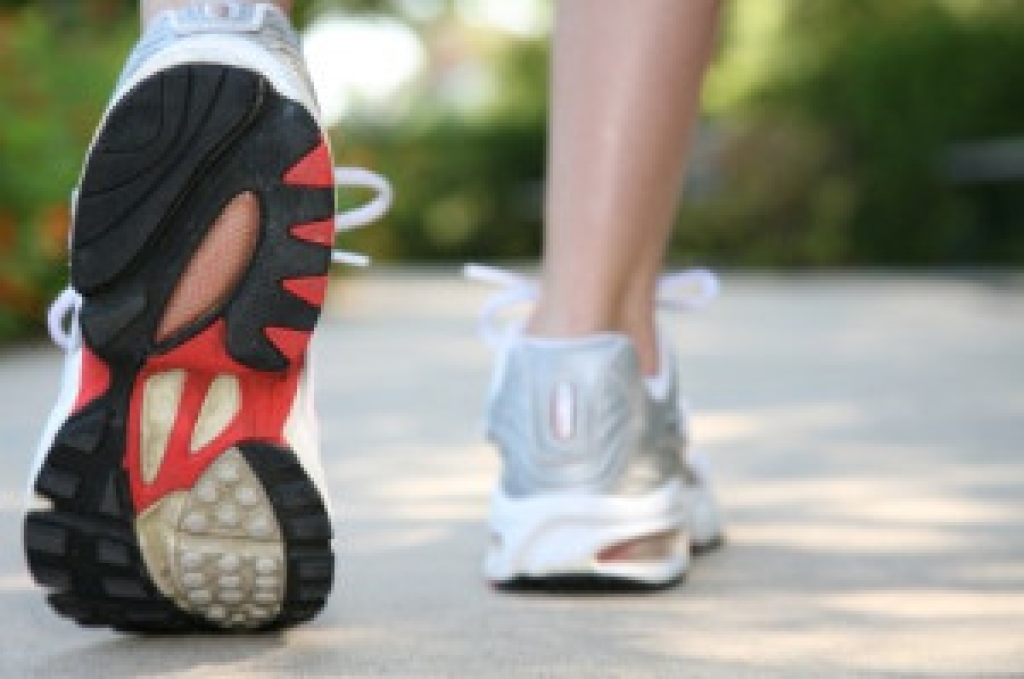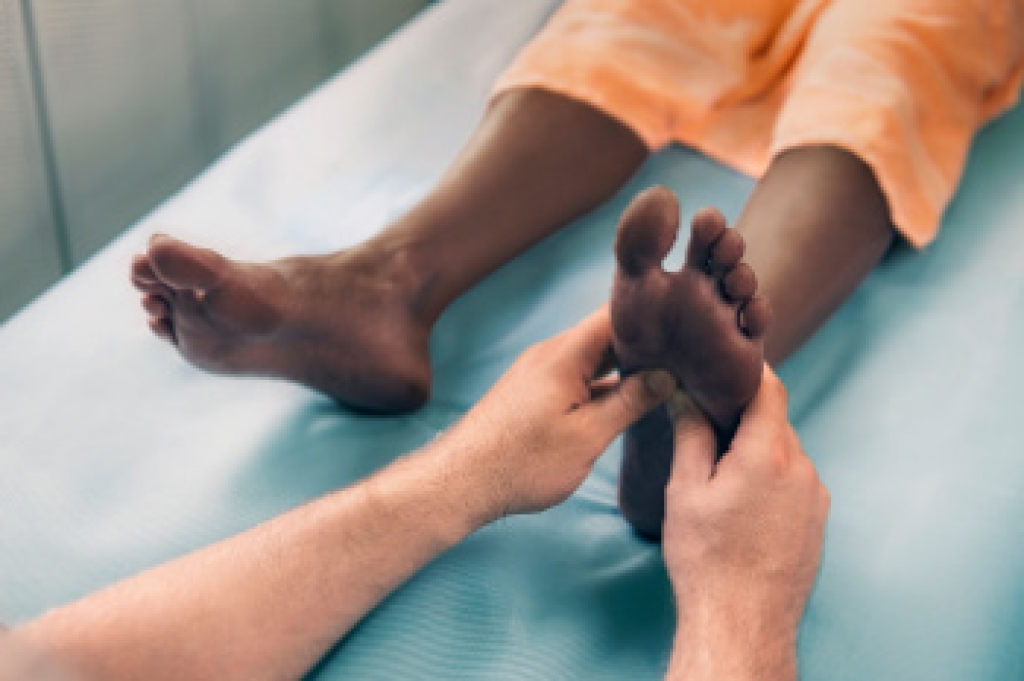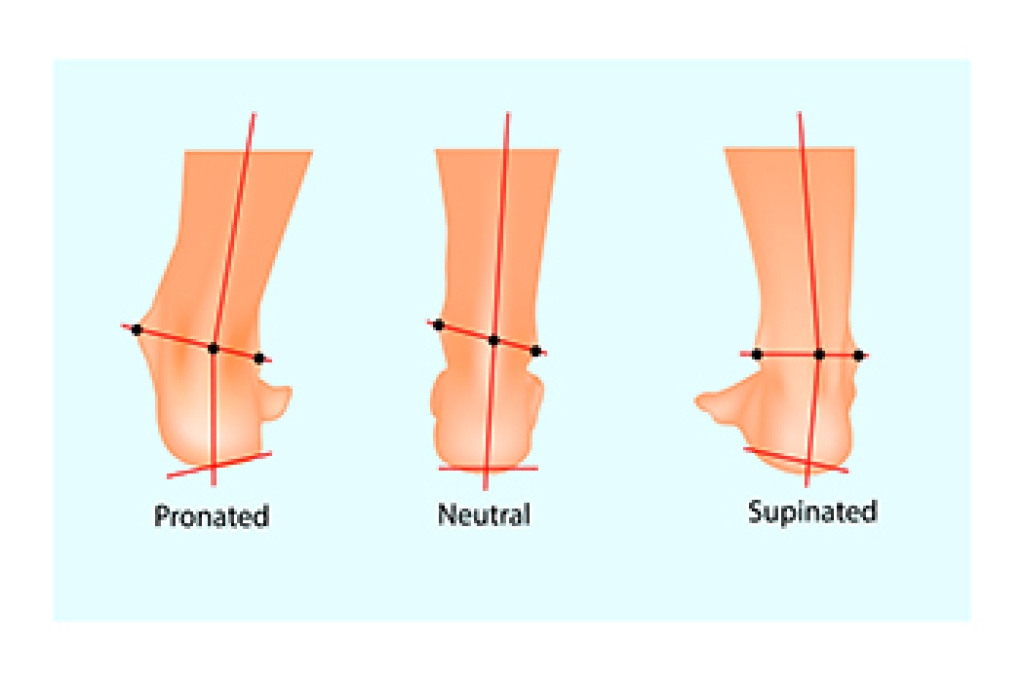
Rheumatoid arthritis is a chronic autoimmune condition that causes inflammation in the joints, often affecting the feet and ankles. The immune system mistakenly attacks joint tissue, leading to symptoms such as persistent joint pain, swelling, warmth, and stiffness, particularly in the morning or after periods of inactivity. Over time, these symptoms can interfere with walking, balance, and overall mobility. A podiatrist plays a vital role in managing the effects of rheumatoid arthritis on the feet by evaluating joint health, recommending supportive footwear or custom orthotics, providing treatments to reduce pain and inflammation, and guiding exercises to maintain flexibility and strength. If you have persistent joint discomfort or walking becomes difficult, it is suggested that you consult a podiatrist who can offer effective relief and management tips.
Because RA affects more than just your joints, including the joints in your feet and ankles, it is important to seek early diagnosis from your podiatrist if you feel like the pain in your feet might be caused by RA. For more information, contact Kent DiNucci, DPM of Ankle and Foot Clinic . Our doctor will assist you with all of your podiatric concerns.
What Is Rheumatoid Arthritis?
Rheumatoid Arthritis (RA) is an autoimmune disorder in which the body’s own immune system attacks the membranes surrounding the joints. Inflammation of the lining and eventually the destruction of the joint’s cartilage and bone occur, causing severe pain and immobility.
Rheumatoid Arthritis of the Feet
Although RA usually attacks multiple bones and joints throughout the entire body, almost 90 percent of cases result in pain in the foot or ankle area.
Symptoms
- Swelling and pain in the feet
- Stiffness in the feet
- Pain on the ball or sole of feet
- Joint shift and deformation
Diagnosis
Quick diagnosis of RA in the feet is important so that the podiatrist can treat the area effectively. Your doctor will ask you about your medical history, occupation, and lifestyle to determine the origin of the condition. Rheumatoid Factor tests help to determine if someone is affected by the disease.
If you have any questions, please feel free to contact our office located in Omaha, NE . We offer the newest diagnostic and treatment technologies for all your foot care needs.




